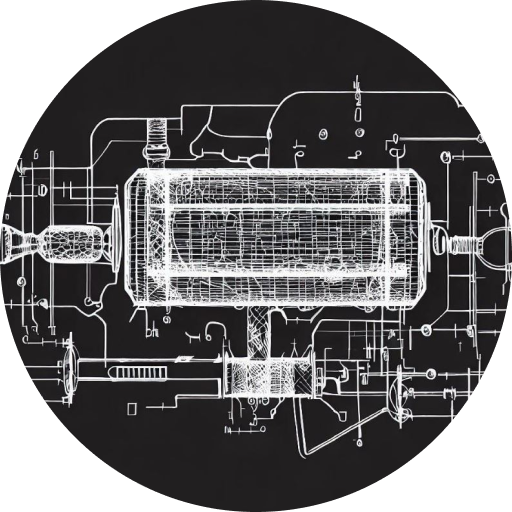How to Detect a Stolen Catalytic Converter: Signs to Look For
Introduction:
Catalytic converter theft has become a prevalent issue in recent years. These valuable components are often targeted by thieves due to the precious metals they contain. If your catalytic converter has been stolen or you suspect it might have been, it’s crucial to detect the signs of theft and take appropriate action. In this guide, we will provide you with step-by-step instructions on how to detect a stolen catalytic converter. For additional resources and information on catalytic converters, we recommend visiting the Catalytic System website (https://www.catalyticsystem.com).
Step 1: Unusual Noise or Sound
One of the most common signs of a stolen catalytic converter is an unusual noise or sound coming from your vehicle’s exhaust system. Without a catalytic converter, the exhaust gases are not properly filtered, resulting in a louder and more aggressive exhaust sound. Pay attention to any sudden changes in the exhaust noise, such as a significant increase in volume or a distinct rattling or clunking sound.
Step 2: Sudden Drop in Performance
A stolen catalytic converter can significantly impact your vehicle’s performance. If you notice a sudden drop in acceleration, power, or overall engine performance, it could be a sign that your catalytic converter has been stolen. The absence of the catalytic converter disrupts the proper functioning of the exhaust system, leading to reduced engine efficiency.
Step 3: Scraped or Damaged Undercarriage
Thieves often use tools to remove catalytic converters, causing damage to the undercarriage of your vehicle. Inspect the bottom of your car for signs of scraping, cutting, or visible damage. Look for fresh scratches or marks that indicate an attempt to remove the catalytic converter forcefully.
Step 4: Hanging or Loose Exhaust System
A stolen catalytic converter may leave your exhaust system hanging or appear visibly loose. Thieves often disconnect the catalytic converter from the exhaust system hastily, leaving it unsupported. Check underneath your vehicle for any dangling or disconnected parts, particularly in the area where the catalytic converter is located.
Step 5: Check for Error Codes or Warning Lights
Modern vehicles are equipped with onboard diagnostic systems that monitor various components, including the catalytic converter. If your catalytic converter has been stolen, it may trigger error codes or illuminate warning lights on your dashboard. Use an OBD-II scanner or take your vehicle to a mechanic to check for any relevant error codes or warning lights.
Step 6: Take Precautionary Measures
To prevent catalytic converter theft, consider taking precautionary measures such as parking in well-lit areas, installing security cameras, or using anti-theft devices specifically designed for catalytic converters. Consult with local law enforcement or automotive professionals for additional tips and recommendations on safeguarding your catalytic converter.
Conclusion
Detecting a stolen catalytic converter is crucial for taking immediate action and minimizing further damage to your vehicle. By paying attention to signs such as unusual noise, decreased performance, undercarriage damage, hanging exhaust system, error codes or warning lights, and taking precautionary measures, you can better protect your catalytic converter. For more information and resources on catalytic converters, we recommend reading the following articles:
– “Finding the Catalytic Converter: A Guide to its Location” at [https://www.catalyticsystem.com/finding-the-catalytic-converter-a-guide-to-its-location](https://www.catalyticsystem.com/finding-the-catalytic-converter-a-guide-to-its-location)
– “Who Buys Catalytic Converters? A Guide to Selling Used Catalytic Converters” at [https://www.catalyticsystem.com/who-buys-catalytic-converters-a-guide-to-selling-used-catalytic-converters](https://www.catalyticsystem.com/who-buys-catalytic-converters-a-guide-to-selling-used-catalytic-converters).
Remember to visit the Catalytic System website (https://www.catalyticsystem.com) for comprehensive information on catalytic converters and related topics.
- Upgrade Your Honda Accord with the Best Catalytic Converter for Enhanced Performance - October 30, 2023
- Boost Your Chrysler 300’s Performance with a High-Quality Catalytic Converter - October 30, 2023
- Enhance Your Jeep Liberty Performance with a Catalytic Converter - October 30, 2023









